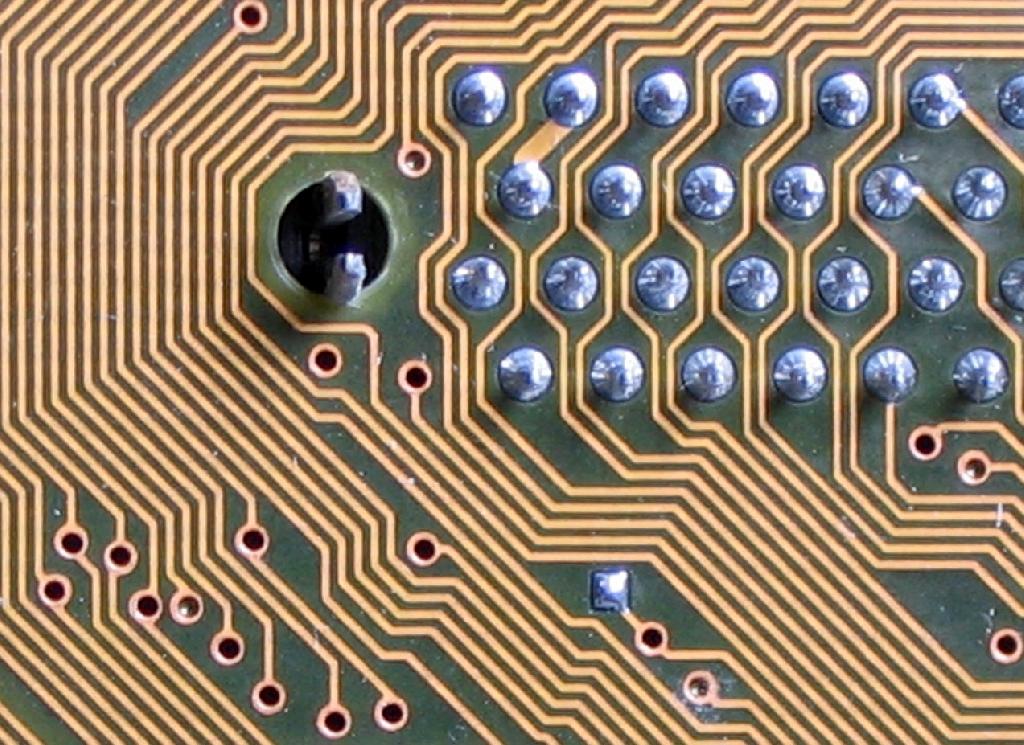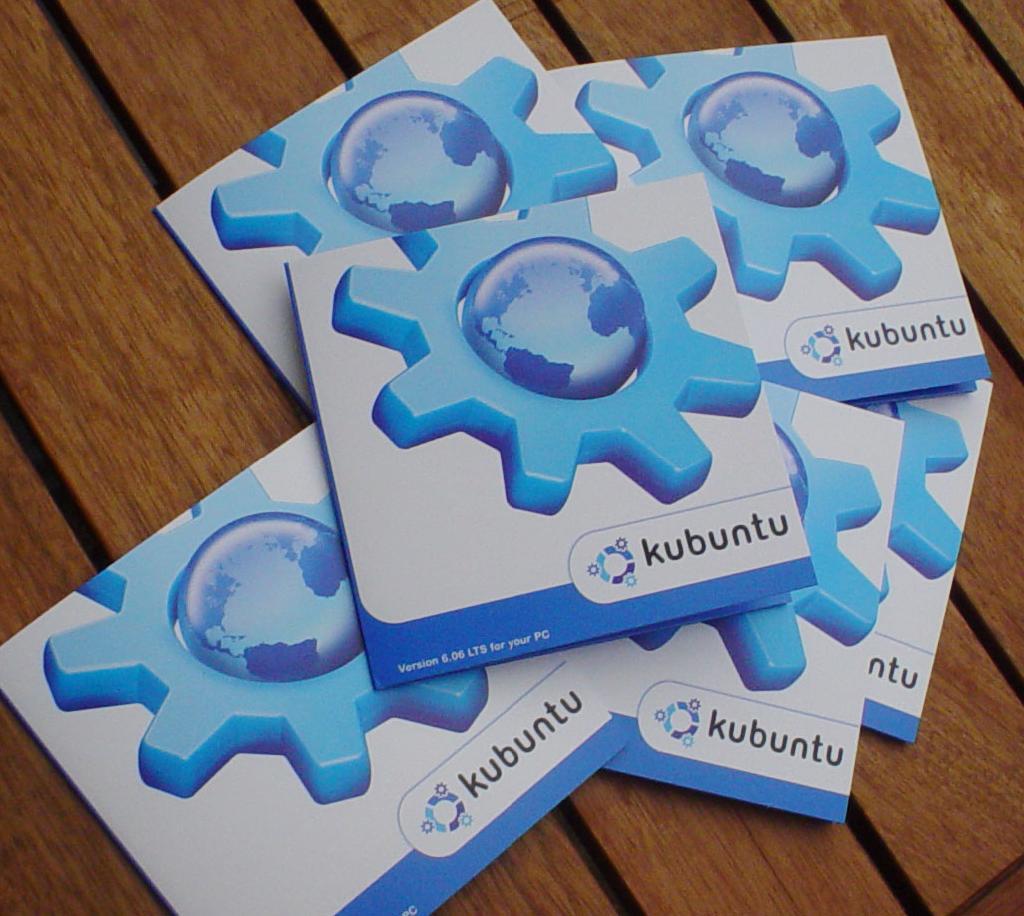I’m glad I keep good backups. When backing up your Kubuntu box, do not just drag and drop one home folder from a hard disk to another hard disk. Your ssh keys will not be copied over, even though you…
Tag: Kubuntu
How to play Amazon Instant Videos on Ubuntu/Kubuntu Raring Ringtail 13.04 with Firefox
We’re all aware that there are issues with Flash and playing streaming videos on Linux. You can’t play AIV on Chrome; you’ll get that annoying “If you’re using the Chrome browser with Linux, you must disable PPAPI to continue using…
Set up Kubuntu 12.10 and an HP printer for batch scanning in Xsane
This process needs to be much easier, but until then, here’s a script to get you set up. This is an update of an older post here: http://thetarah.com/2010/10/12/how-to-batch-scan-using-xsane/ to make this more intuitive. Instead of having you follow a long…
Google Chrome Will Not Start In KDE (Kubuntu 12.10)
Have you had this problem in KDE? I’ve clicked a few times on a Google Chrome shortcut, and after 20-30 seconds of a bouncing Chrome icon, it disappears. The Chrome process never shows up in the System Monitor or in…
How to fix KDE, LibreOffice, and dark themes in Kubuntu
I need to use a dark theme in KDE because I spend so much time on the computer that my eyes get tired of looking at whiteness all the time. I use a very dark theme to minimize the strain…
Triple booting Linux distros with a mix of GRUB2 and GRUB legacy, Part 2
Instructions on how to multi-boot with a mix of legacy and 2. DISCLAIMER: this method erases your entire hard drive and repartitions it. If you are uncomfortable mucking about with partition tables, go look at some beginner resources and tutorials…
Triple booting Linux distros with a mix of GRUB2 and GRUB legacy, Part 1
I’ve been experimenting with other distros. I just got a 2TB internal Western Digital Caviar Black, and there’s just too much room there NOT to create nine partitions and get my distro freak on. I know, Kubuntu baybee, but it’s…




